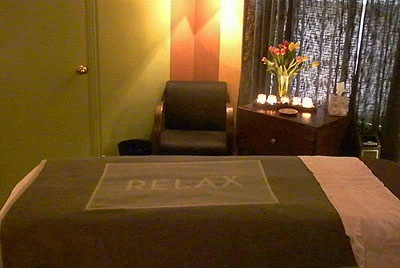-
How to Stay Active While You’re At Work
- Posted on April 2, 2015
- by admin
- in April 2015
- Comments Off on How to Stay Active While You’re At Work
Last week, we talked about how sitting too much can be bad for your body.
This week, we’ll talk a bit about what you can do during the workday to ease the burden on your body and get active!
One thing that makes a huge difference in your day is a pedometer. This device, which tracks how many steps you take over a period of time, is great for keeping track of how active you are during the work day. In fact, it can help motivate you to be more active.

There are plenty of different types of pedometers out there – all you really need is a basic one that counts your steps!
While some sources say that for optimal health, you should reach for 10,000 steps or more per day, the truth is that as long as you aim to increase your step count, you’re on the right track.
So let’s say right now, you take an average of 3,000 steps per day, or a little over half a mile. By tracking your steps on your pedometer, you can aim to increase that number to 5,280 steps every day, or one mile.
If that seems like a challenge, it can be easier than you think.
Here are a few ways to increase the amount of steps you take every day:
• If you work or live in a high rise, take the stairs, rather than the elevator.
• Park farther from the entrances of buildings.
• Forget about email and phone calls – walk over to coworkers’ desks to ask questions or chat.
• Take the roundabout route – find an alternative route to your desk, or your favorite coffee shop, or to your lunch spot.Another method for staying active during the workday? Host standing-only meetings. This not only activates your muscles, but it gets your blood flowing, which can help stimulate brain activity. Plus, I can almost guarantee that meetings won’t drag on!
Lastly, organizing your workspace can provide huge benefits to your productivity and your active habits.
• Organize your workspace so that you have to move in order to work. For example, move files into high cabinets so that you must stand in order to reach them. Situate yourself across the room from any printers. Move your telephone to the other side of your desk. Ideally, this new set up will challenge you to stand every ten minutes.
• Replace your desk chair with an exercise ball. The lack of a back or armrest will force you to activate your core to sit up straight. Keeping the ball in a stable position requires flexibility and balance; the more often you use the ball, the more you will improve in these areas. Occasionally bouncing on the ball will better engage your body with gravity.
• For a similar result to the exercise ball suggestion, sit on a wooden chair with no armrests. You will be forced to readjust your position frequently to maintain an upright position.
• Try invested in a standing work station. This option provides similar benefits to those of a standing meeting – you will be more focused, engage your muscles, and move often.
If you enjoyed this article please consider sharing it!











